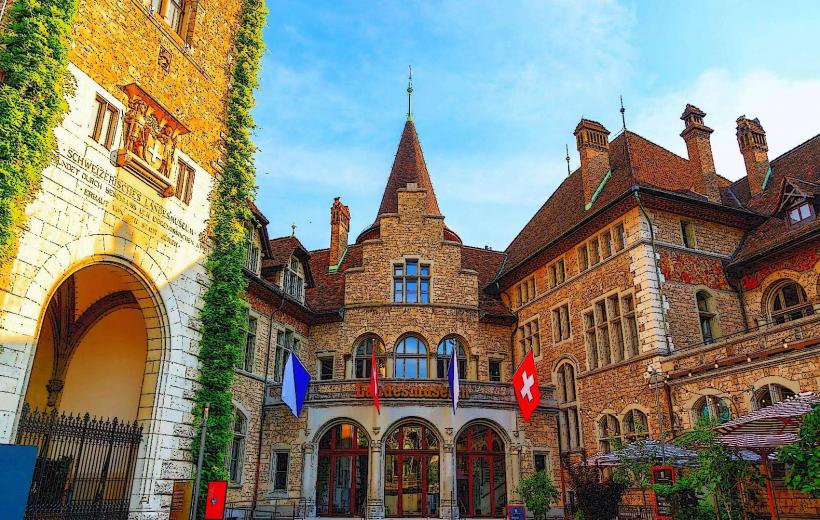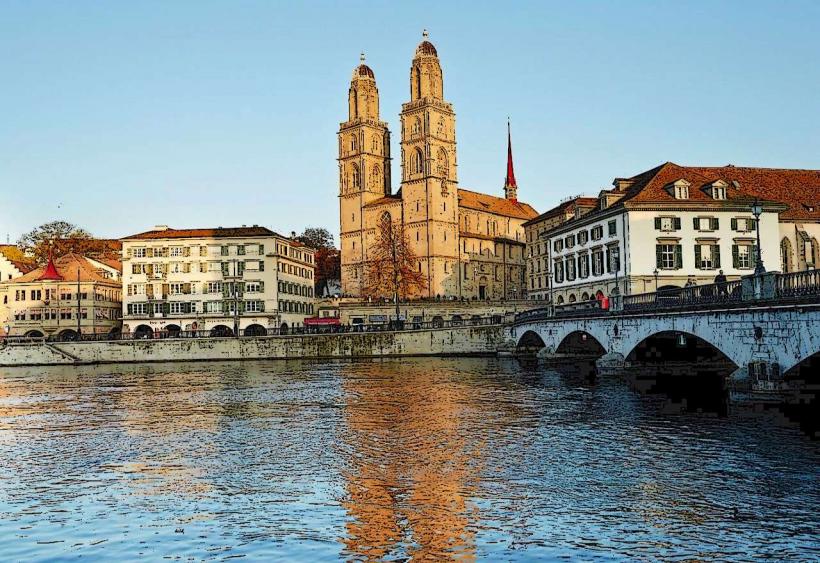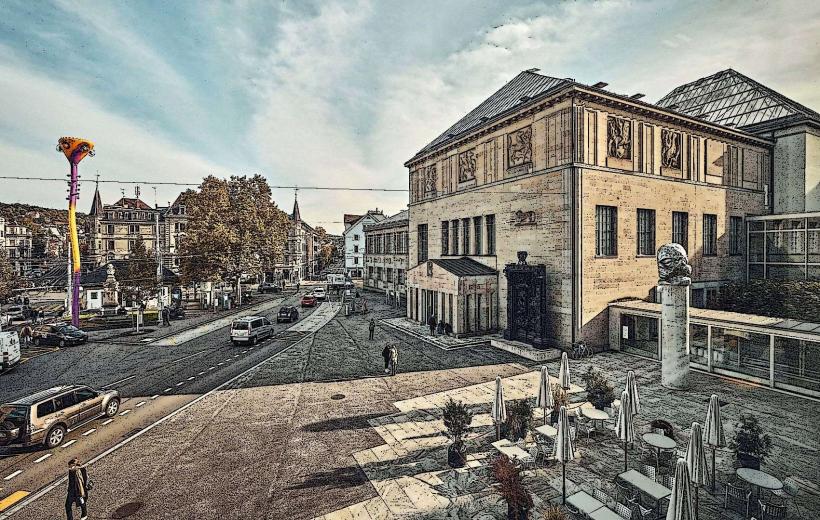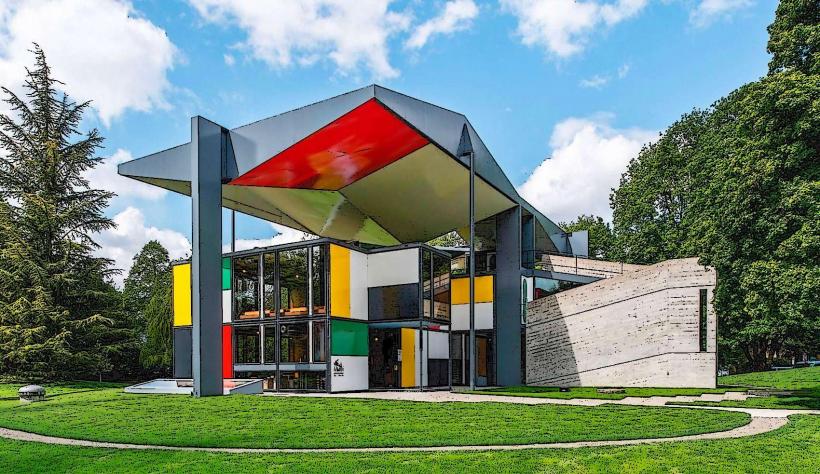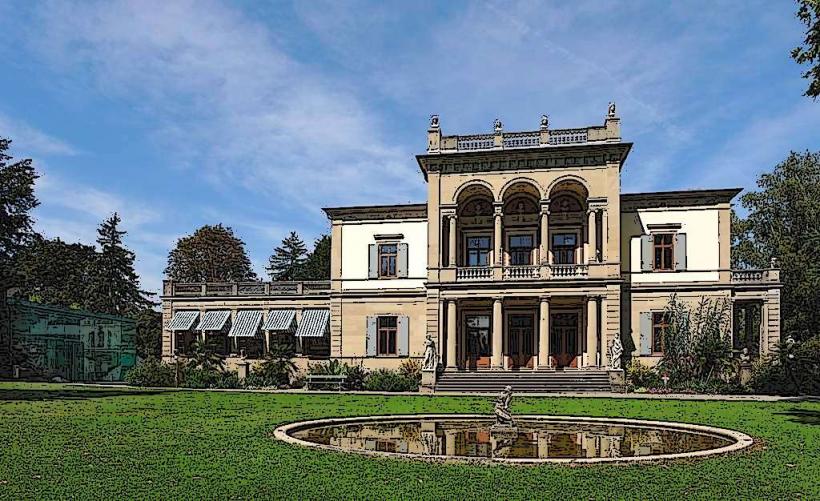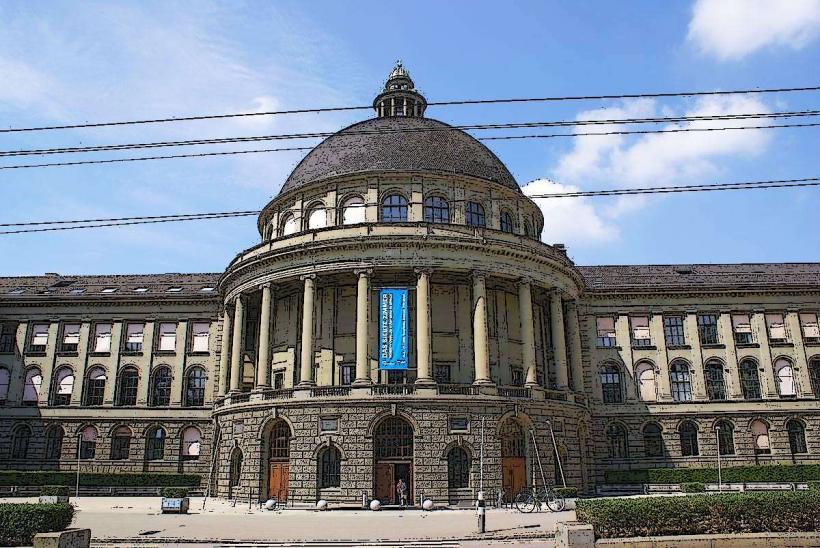Information
Landmark: Wassersteinbrücke BridgeCity: Zurich
Country: Switzerland
Continent: Europe
The Wassersteinbrücke is a notable bridge in Zurich, Switzerland, that spans the Limmat River. While it may not be as well-known as some of the city's iconic landmarks, it plays a significant role in the city's infrastructure, connecting different parts of Zurich with a blend of historical and modern design. The bridge is located near Zurich's University of Zurich, linking the areas around the ETH Zurich campus and the more central parts of the city.
1. Overview
- Location: The Wassersteinbrücke is located in the central area of Zurich, crossing the Limmat River. It connects the neighborhoods near the ETH Zurich and the University of Zurich to other key areas in the city, making it an important pedestrian and traffic link.
- Type of Bridge: The bridge is a vehicular and pedestrian bridge designed to accommodate both road traffic and foot traffic. It serves as an essential part of Zurich's urban transportation network.
- Construction: The bridge's design is modern but incorporates classic elements that reflect Zurich's careful balance of maintaining both its rich heritage and embracing contemporary urban development.
2. History and Design
- Built: The exact year of construction of the Wassersteinbrücke is not widely known, but it is likely a mid-20th century addition to Zurich’s growing urban infrastructure.
- Architectural Style: The Wassersteinbrücke has a practical design, consistent with other bridges in Zurich, featuring reinforced concrete and metal railings. The use of clean, modern lines and materials makes it visually distinctive yet functional in maintaining Zurich's traffic flow.
- Structural Features: It has been designed to allow both pedestrian and vehicular movement across the river, integrating well with the surrounding road system.
3. Function and Role in Zurich
- Transportation Hub: The bridge serves as an essential route for commuters, connecting various neighborhoods on either side of the Limmat River. It also plays a key role for students and faculty moving between the ETH Zurich and other areas of the city.
- Pedestrian-Friendly: The bridge includes a designated pedestrian walkway, making it convenient for pedestrians to cross the Limmat River without needing to contend with traffic. This is especially useful for those traveling to and from Zurich’s educational and scientific institutions.
- Traffic Flow: It is strategically located to help alleviate congestion in other parts of the city and to provide an alternative route for those traveling across the Limmat, improving the overall traffic management system in Zurich.
4. Importance in Zurich’s Urban Development
- Connectivity: The Wassersteinbrücke contributes to Zurich's efficient public transportation system by providing a convenient and reliable way to cross the river. It connects areas such as Wasserstein and the central city, supporting both local and regional transit.
- Cultural and Educational Accessibility: With its proximity to the ETH Zurich and University of Zurich, the bridge helps facilitate easy access to these world-class institutions, making it a vital route for students, researchers, and academics traveling to and from the campuses.
- Modernization of Zurich’s Infrastructure: The Wassersteinbrücke is part of the city's ongoing modernization efforts, where historical structures are complemented by newer, well-designed bridges that enhance the city's overall functionality.
5. Nearby Attractions and Landmarks
- ETH Zurich: One of Zurich's most famous institutions, ETH Zurich is located near the Wassersteinbrücke. The bridge provides easy access to the university’s many campuses and research facilities.
- University of Zurich: The University of Zurich is also situated near the bridge, making the location a hub for academic activity.
- Limmat River: The bridge spans the scenic Limmat River, which flows through the heart of Zurich. The riverbanks offer a beautiful setting for walking and outdoor activities.
6. Conclusion
The Wassersteinbrücke is an important piece of Zurich’s infrastructure that contributes to the city’s seamless integration of modernity and tradition. By facilitating easy access between key areas of Zurich, it plays a vital role in both daily life and the city’s development. While not a landmark in the traditional sense, it serves as a functional and symbolic connection for residents, commuters, and visitors, and is a testament to Zurich’s commitment to efficient urban planning and transport solutions.





